Jaipur, Pink City is a place of palaces where Kings used to rule and live in their royal forts. As usual, we were eagerly waiting for our journey to Jaipur.
There are three ways to reach Jaipur- by train, by plane, by road. We went by road as we felt that going by car was a time saver. Plus it gave us flexibility to move around while being economical. Well, we started at 3pm and reached in approximately 4 hours. It was January, so very cold but enjoyable. Best time to visit Jaipur is from October till March. We had only 2 days for Jaipur which is a good enough time. List of important places to visit was ready which included :- Amer Fort, City Palace, Hawa Mahal,Jai Garh, Jal Mahal and Nahargarh Fort.
We started with Amer Fort which is 11kms from Jaipur.
Amer Fort was built by King Man Singh. It is a big fort on a hill with a long entrance road. The entry gate called as ‘Ganesh Pole’ is beautifully carved with intricate designs of stones. Ganesh pole is beautifully coloured with vegetable colours. Interesting thing is that these colors have never been repaired till date.
There were two open conference halls with designer pillars having intricate carvings. King used to hold his daily sessions with general public in one conference hall known as ‘Diwan-e-Aam’ and meetings with private guests in other conference hall known as ‘Diwan-e-khas’.
There is a small palace in Amer fort which has walls of small mirrors. It is closed for public but I had a sneak preview from awindow. As per our guide, it was built with an idea of having multiple images of Queen when both King and Queen were spending time together. This would give the King a feel good factor.
Another interesting place that guide showed us was Sukh Mandir which was built for the King for summers. Overhead tanks were placed to enable water trickle down through various passages in Sukh Mandir so that the air passing by creates a cool breeze. Interesting, no!
Big pots used for cooking at Amer Fort
Amer Fort is overlooking Maota lake which houses a beautiful garden. Garden is also called Kesar Kyari Bagh. It has star shaped flower beds. This garden once housed special spices plants from around the world.
City Palace– Comprises of Chandra Mahal and Mubarak Mahal. Entry gate has intricate designs of stones.
Major part of Chandra Mahal is lived by Royal Families and some part is museum.
Museum exhibits clothes used by Kings and Queens, arms and ammunition. Its very interesting to see snaps of Royal family and real thrones and darbar. There are two huge silver vessels of 4000 lts of capacity made of 14000 molten silver coins. These vessels have been officially recorded in Guiness book of world’s record as world’s largest sterling silver vessels. These vessels were used to carry holy water of river Ganges during King Sawai Madho Singh II’s visit to England for his use.
Luckily, on the day of our visit, a wedding ceremony was being arranged for.
Hawa Mahal
Right in the heart of Jaipur city, in Johri Bazaar is Hawa Mahal, ‘Palace of winds’. It was built by King Sawai Pratap Singh in 1799. The palace has the face in the shape of a crown of Hindu God Krishna. There are 953 small windows to give royal ladies a platform to enable sneak preview of the street yet keep from public as Royal ladies were not supposed to show faces to public. Windows have lattice work to keep privacy and create cool breeze effect in summers.
There are few rooms with different colored glass. Light passing through coloured glasses create colored spectrum in the chamber.
There are many fountains in Hawa Mahal which combined with cooling effect of lattice windows made Hawa Mahal a favorite resort of kings.
It is designed as beehive castle with small windows and has height of almost 50 feet.
Of the five storeys it has , lower two floors have courtyards which are connected by passages or slopes.
Jai Garh
Jai Garh fort was built by King Jai Singh II to protect Amer fort. Fort houses world’s largest cannon- Jaivana. Barrel used 50 kg balls and weighs 50 tonnes. Cannon has been used only once for test purpose with 100 kgs of gun powder. It had covered a distance of 35 kms.
Jal Mahal
Built in the middle of the lake Man Sagar, this palace brings a spectacular view surrounded by Aravallis. The second floor of Jal Mahal has Chameli Bagh. A long walk by the lake side was very refreshing. A must see in Jaipur. I was thinking about the engineering at that time.
Nahargarh Fort
Having visited so many forts since morning, we were tired but still eager to see yet another interesting palace. We had to walk long to reach the wall of the fort. Walk way was green. Then we started walking along the wall to reach an open roof top to get full panoramic view of Jaipur City. Long walk was worth it.
On our way back, we saw beautiful peacocks. It reminded me of Ranthambore and Sariska!
Another must visit place is GaltaJi. Galtaji is ancient Hindu pilgrimage site , about 10 kms from jaipur. It is believed that Saint “Galav” lived and did his meditation and tapaysa (penece) here. It houses several temples and water tanks ( Kunds).
The view is outstanding since it is covered by Aravali mountains on all sides. The complex is set around a natural spring and waterfalls that creates two tiered pool , used by pilgrims for bathing.The water of these springs collects in tanks (kunds) . There are seven tanks , holiest being Galta Kund, which never dries. It is considered auspicious to have bath in these kunds , especially on Makar Sankranti ( A Hindu festival)
The place remains incomplete without mentioning many Monkeys around and temple of Ramgopalji or Monkey temple , known due to large tribe of monkeys who lived here.
Jaipur is full of hotels and restaurants to cater to needs of all budgets. We stopped at an eating complex called ‘Saras’ . About our hotel, it was a decent economical stay at Angel Taurus at Rs.2000.
Facts about Jaipur
- Founder of Jaipur is Jai Singh II
- Jaipur is a first planned city of India. The plan is according to vaastushastra.
- It was enclosed in walls. Gates used to open at sunrise and close at sunset. Eastern gate is called Suraj pol and western gate is called Chand Pol.Directions of streets and markets are from east to west and north to south. (Wikipedia)
Overall, Jaipur was a nice trip.A must see to know how Kings used to live.
Special thanks to Mr. Sunil for Galtaji photographs.
Nidhi KM
©Viharin.com
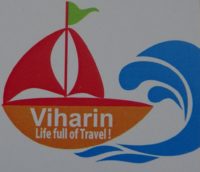
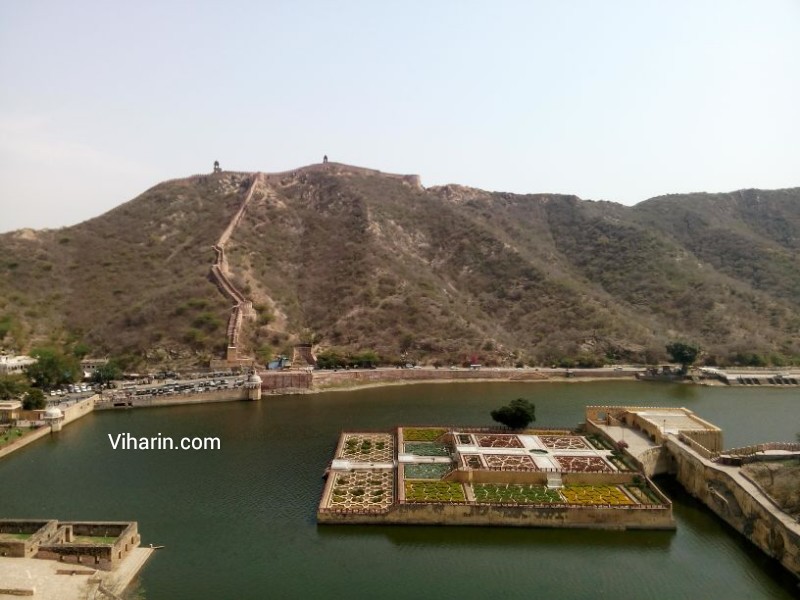
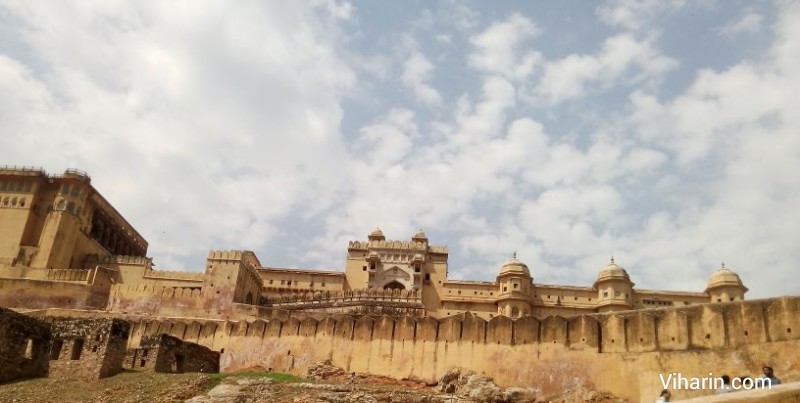
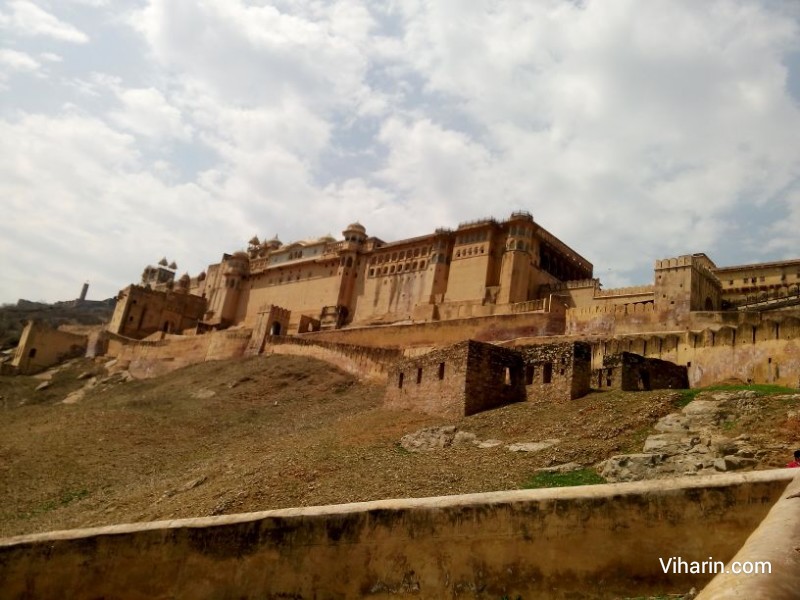
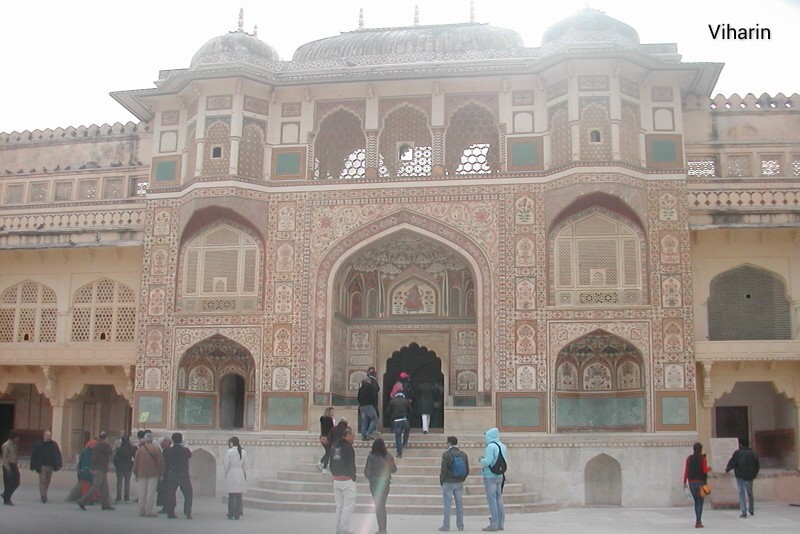
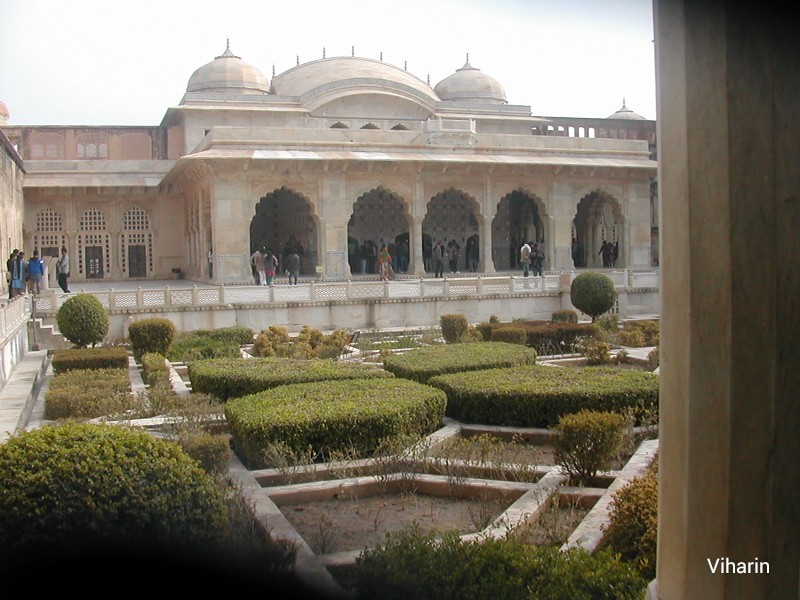
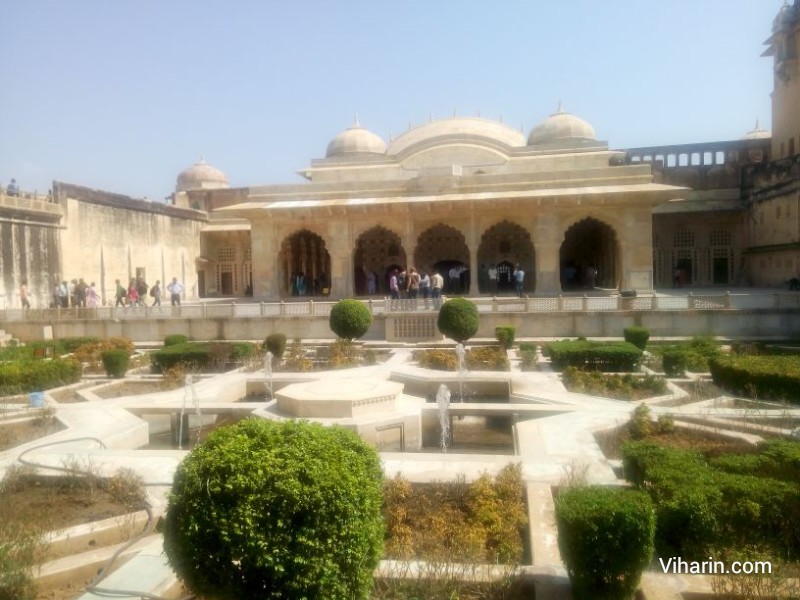
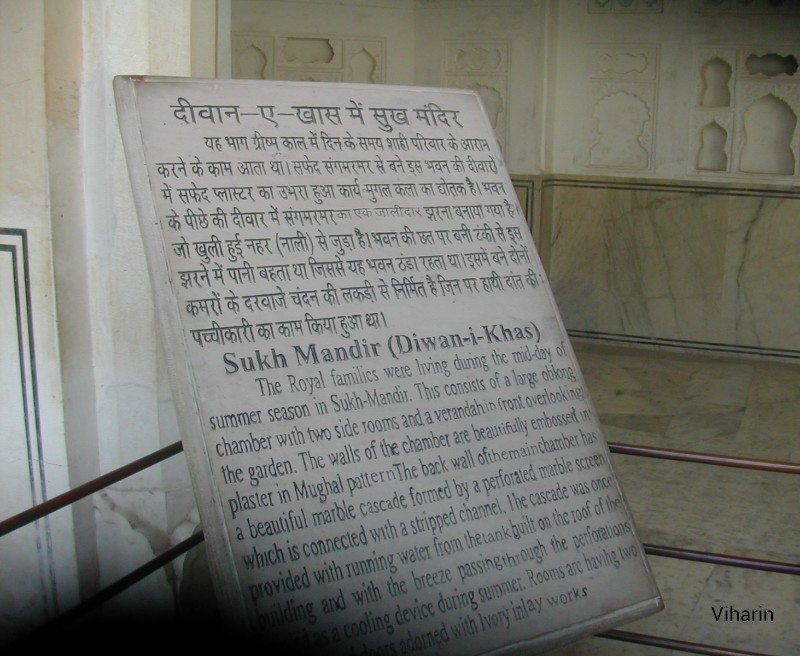
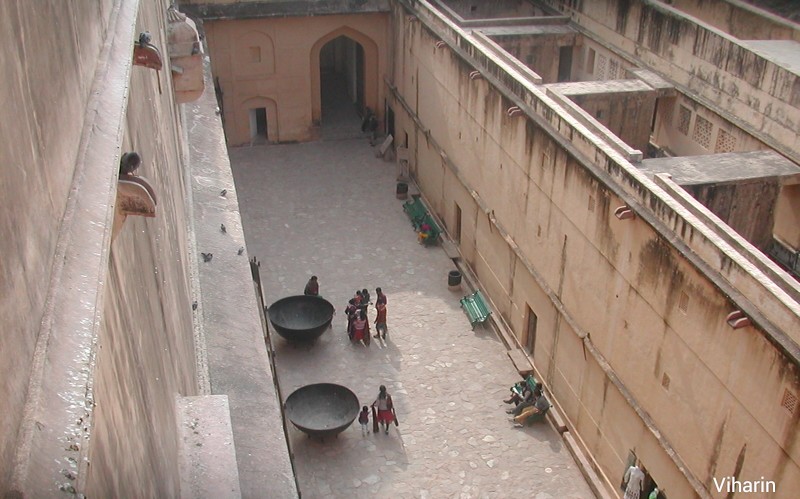
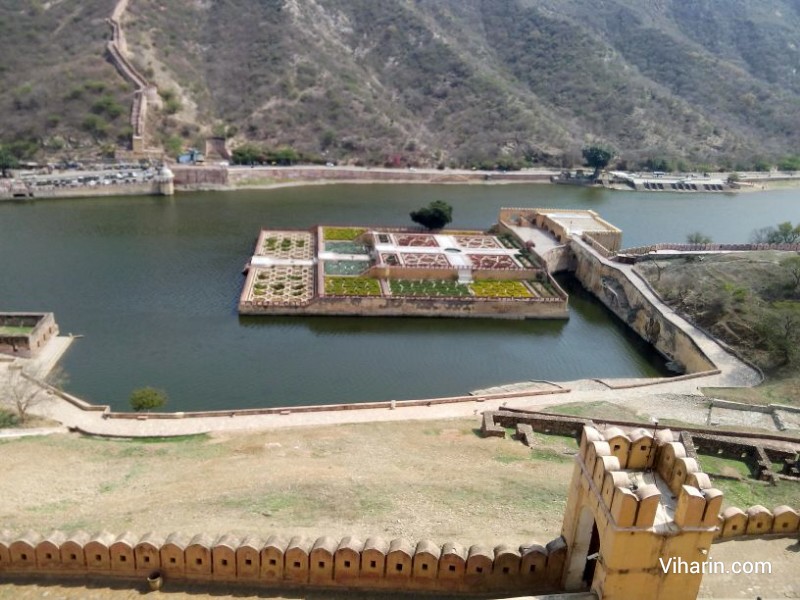
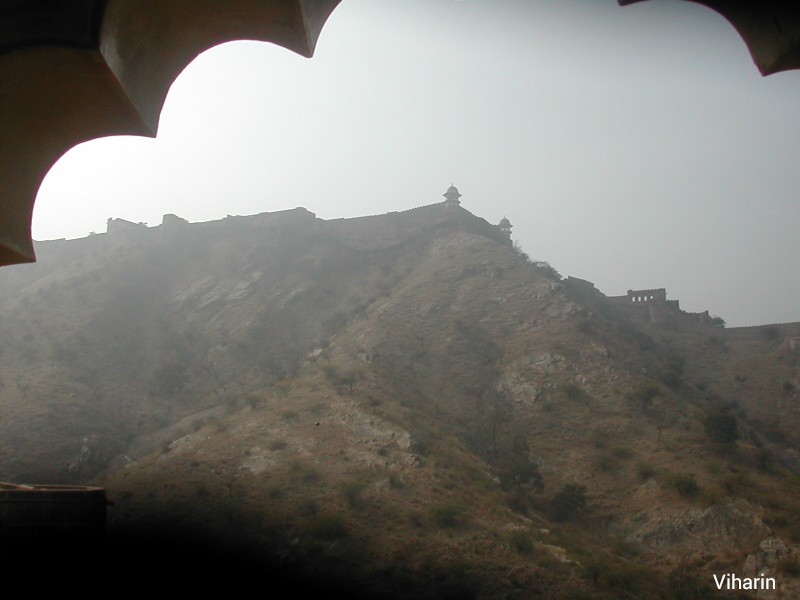
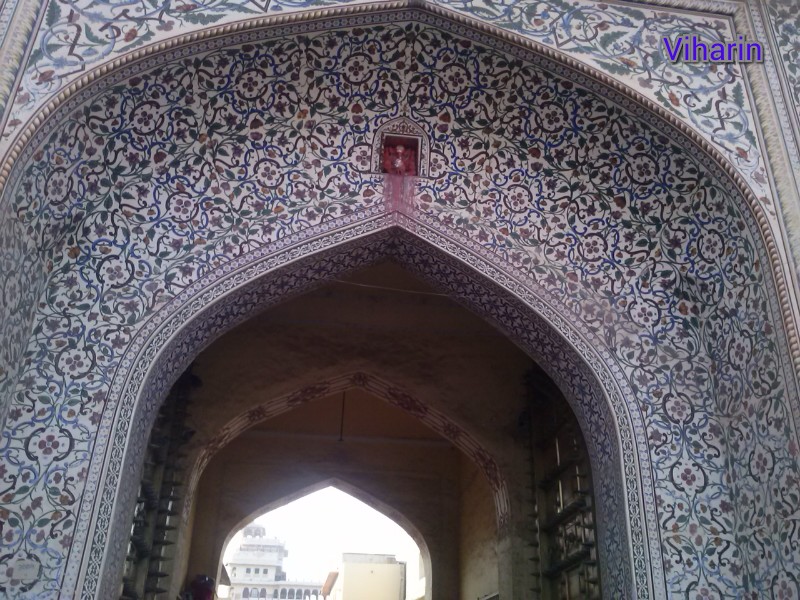
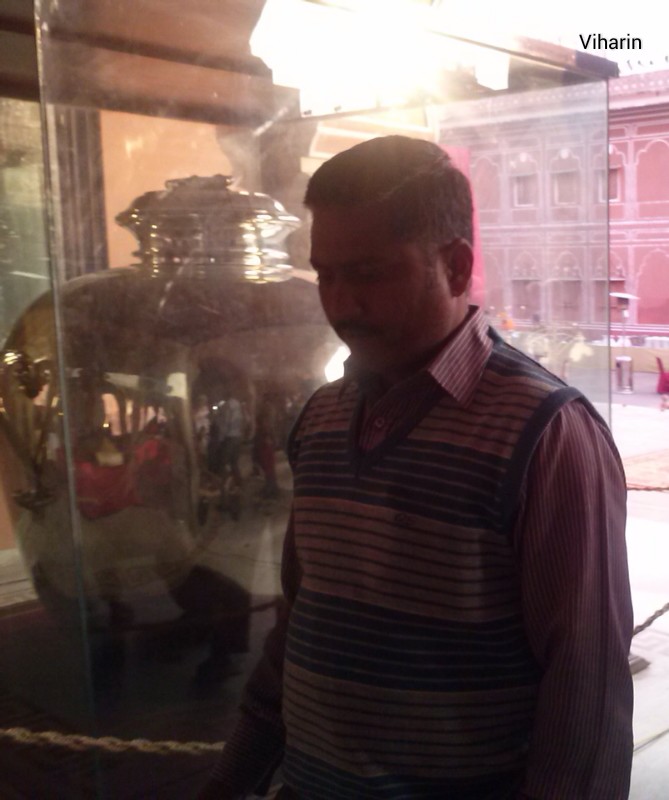
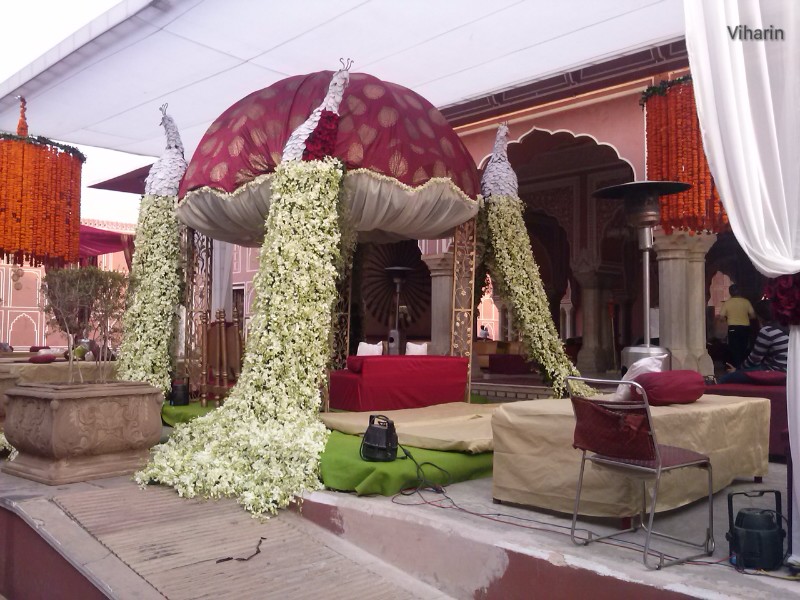
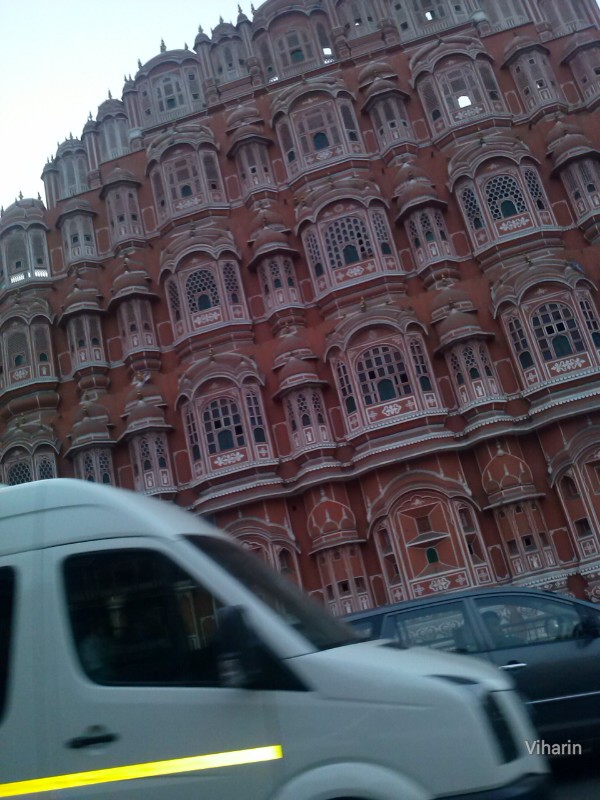
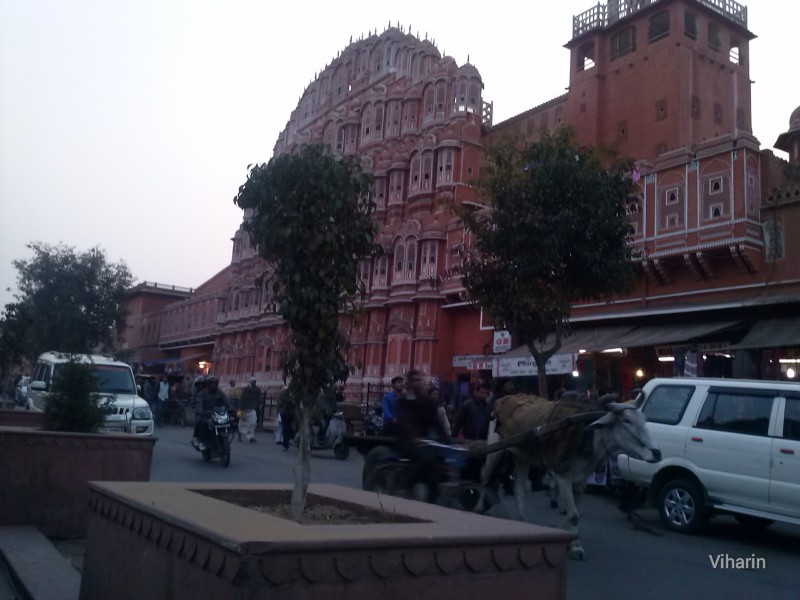
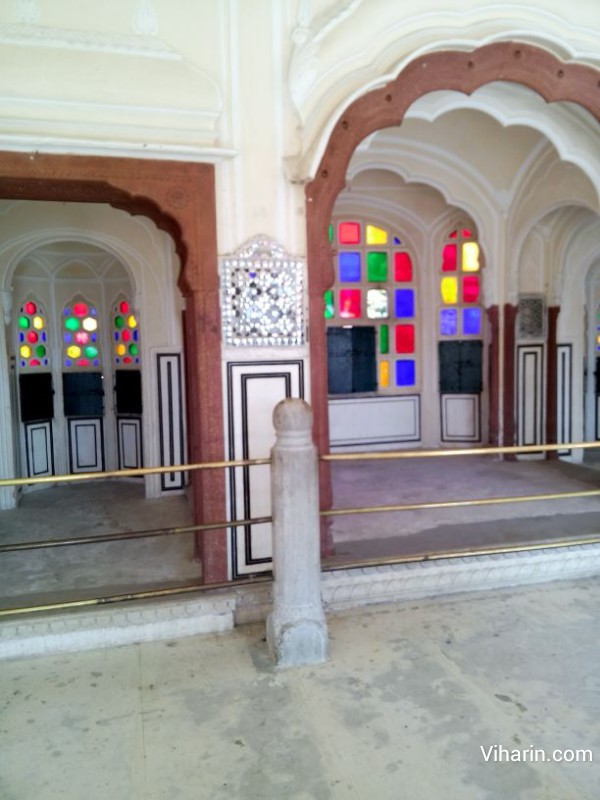
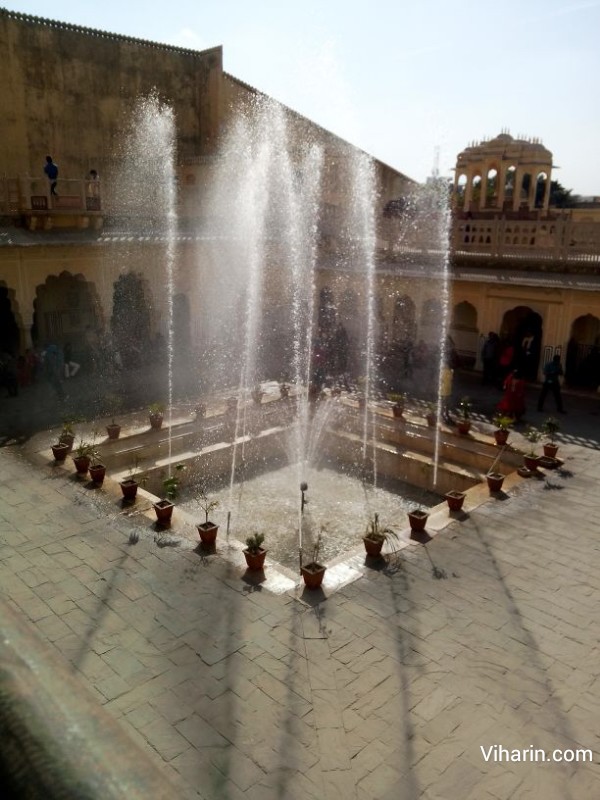
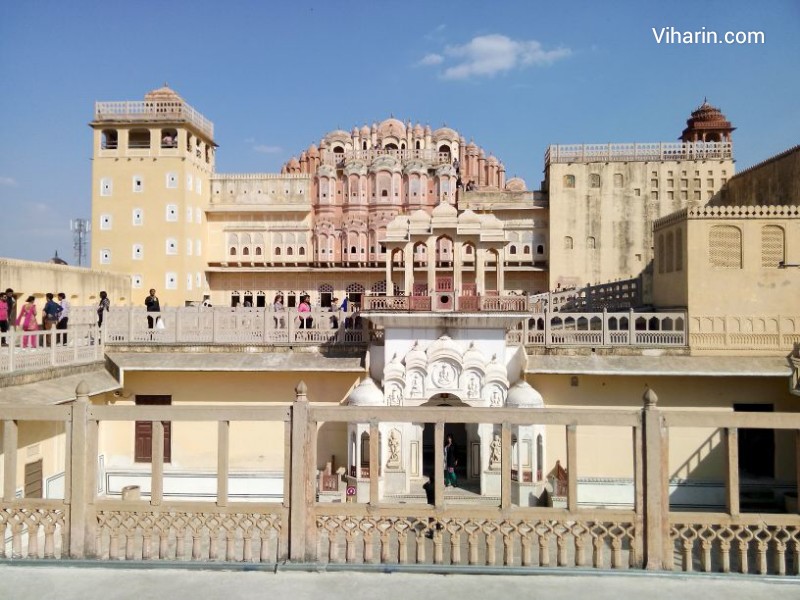
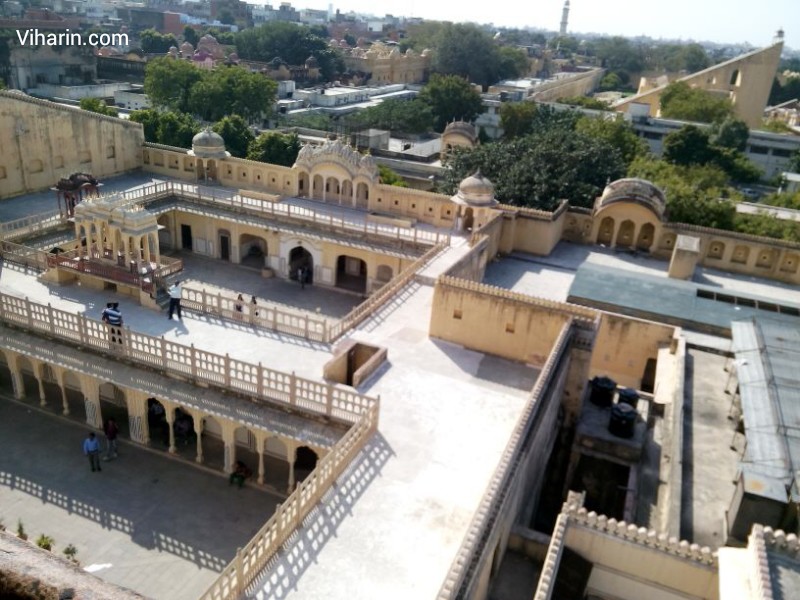
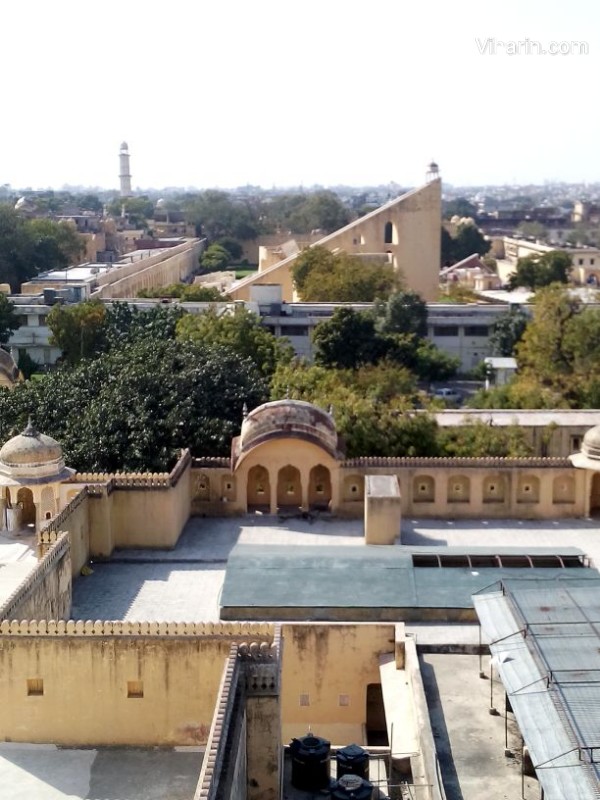
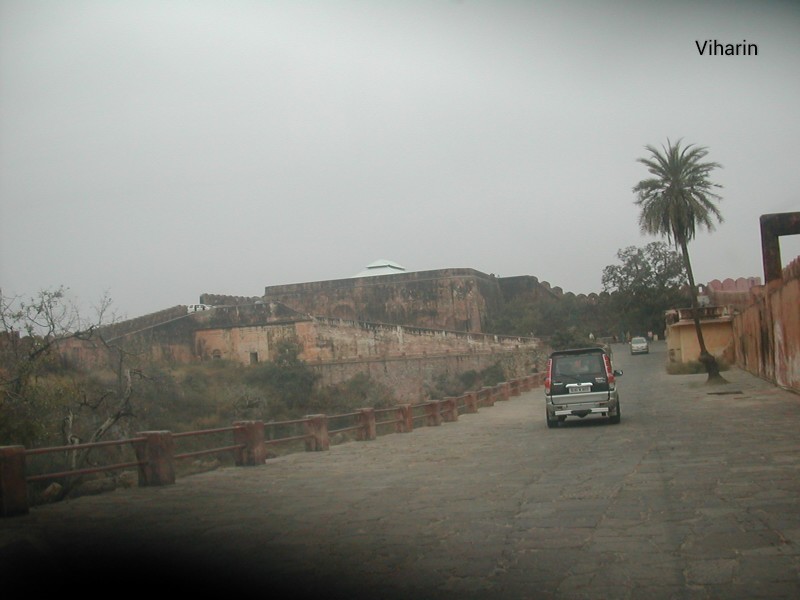
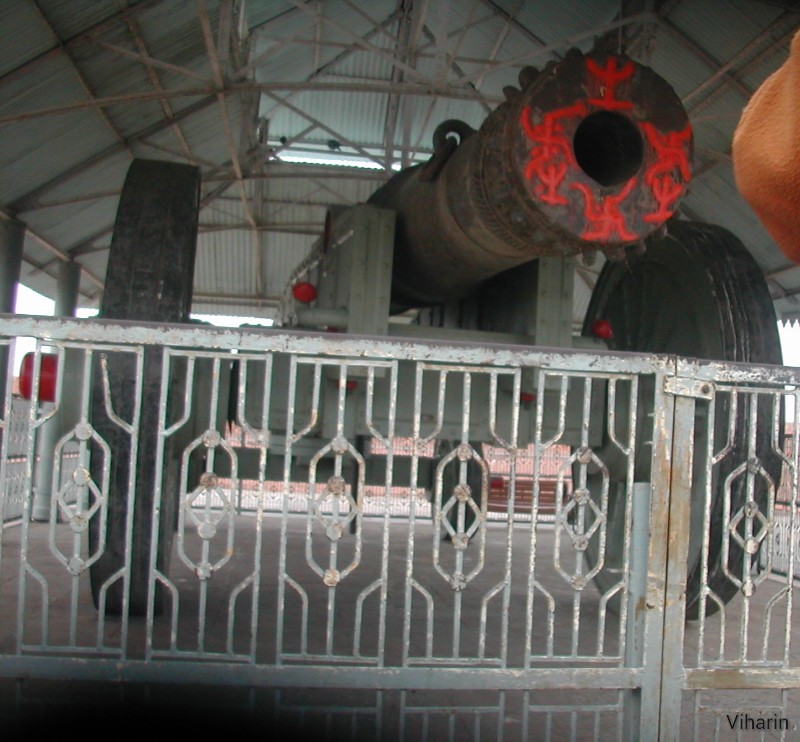
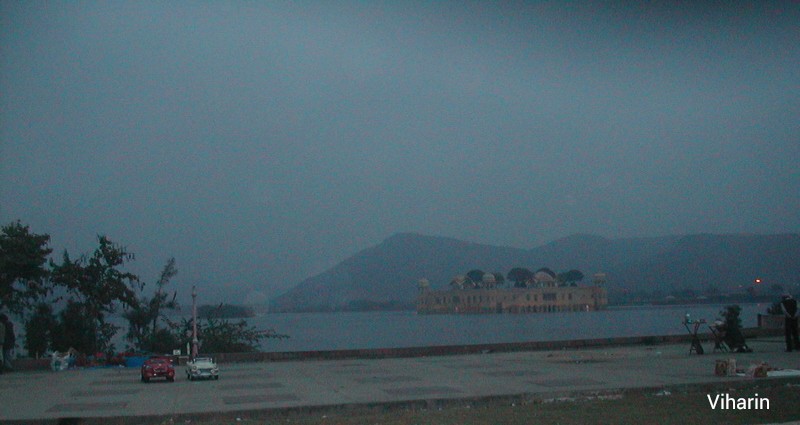
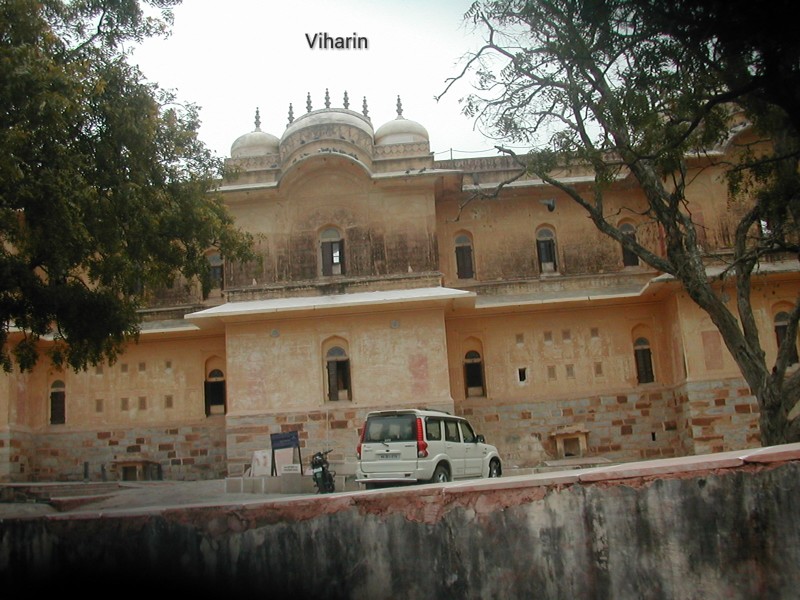
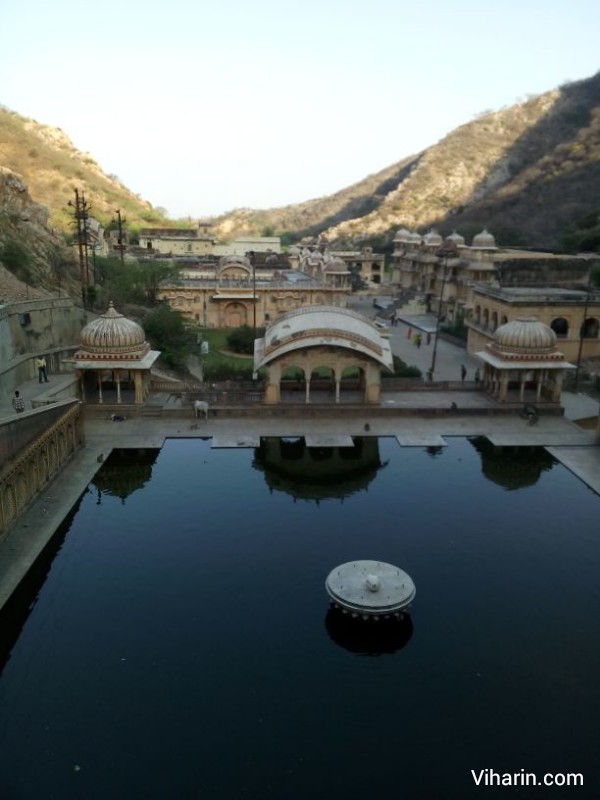
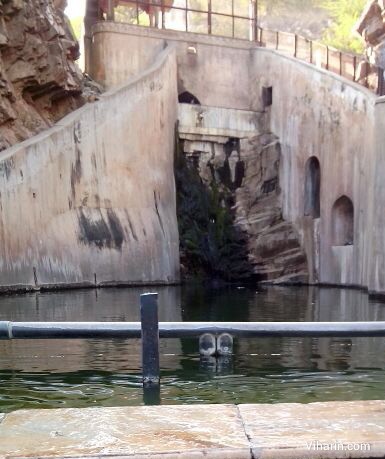
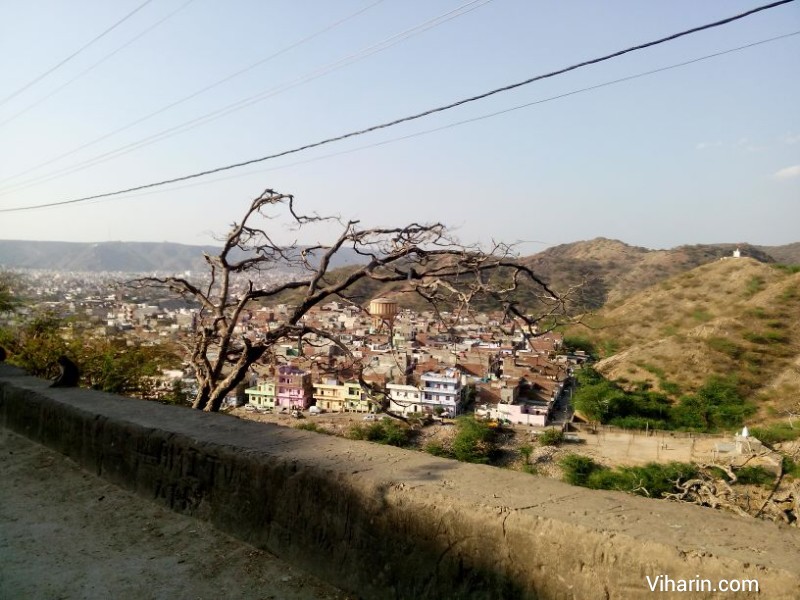
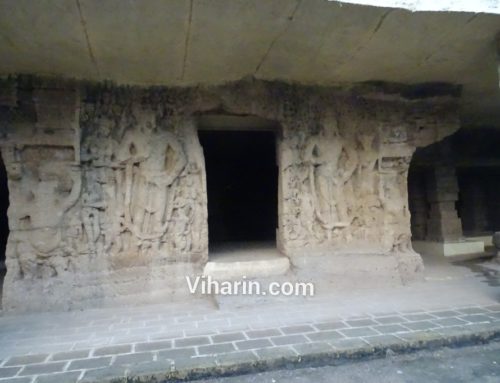
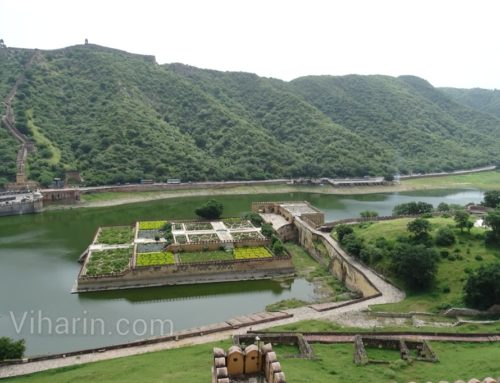
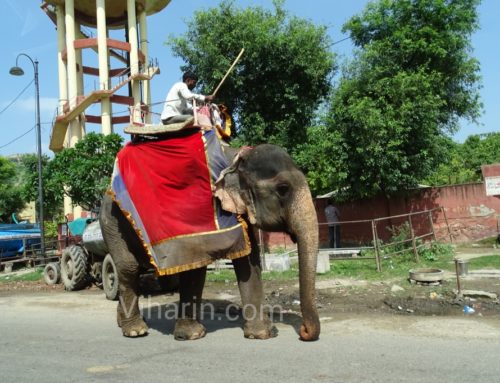
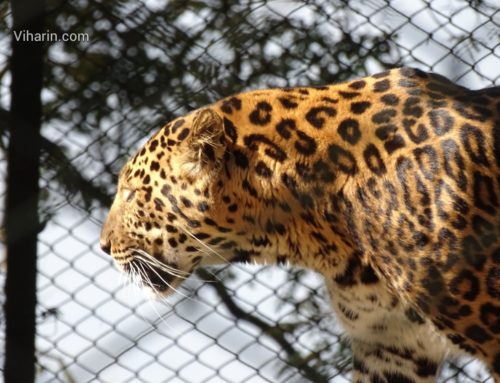
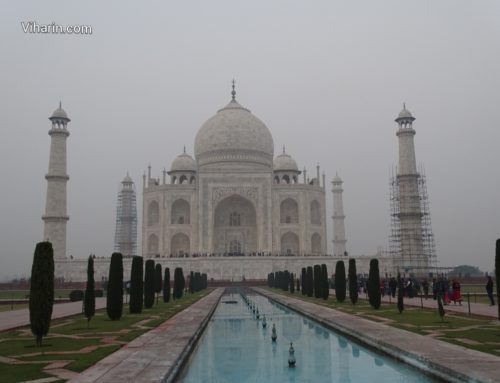
Leave A Comment